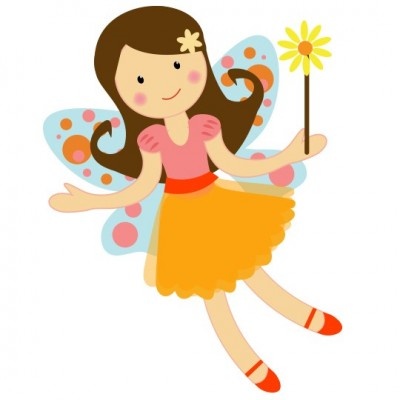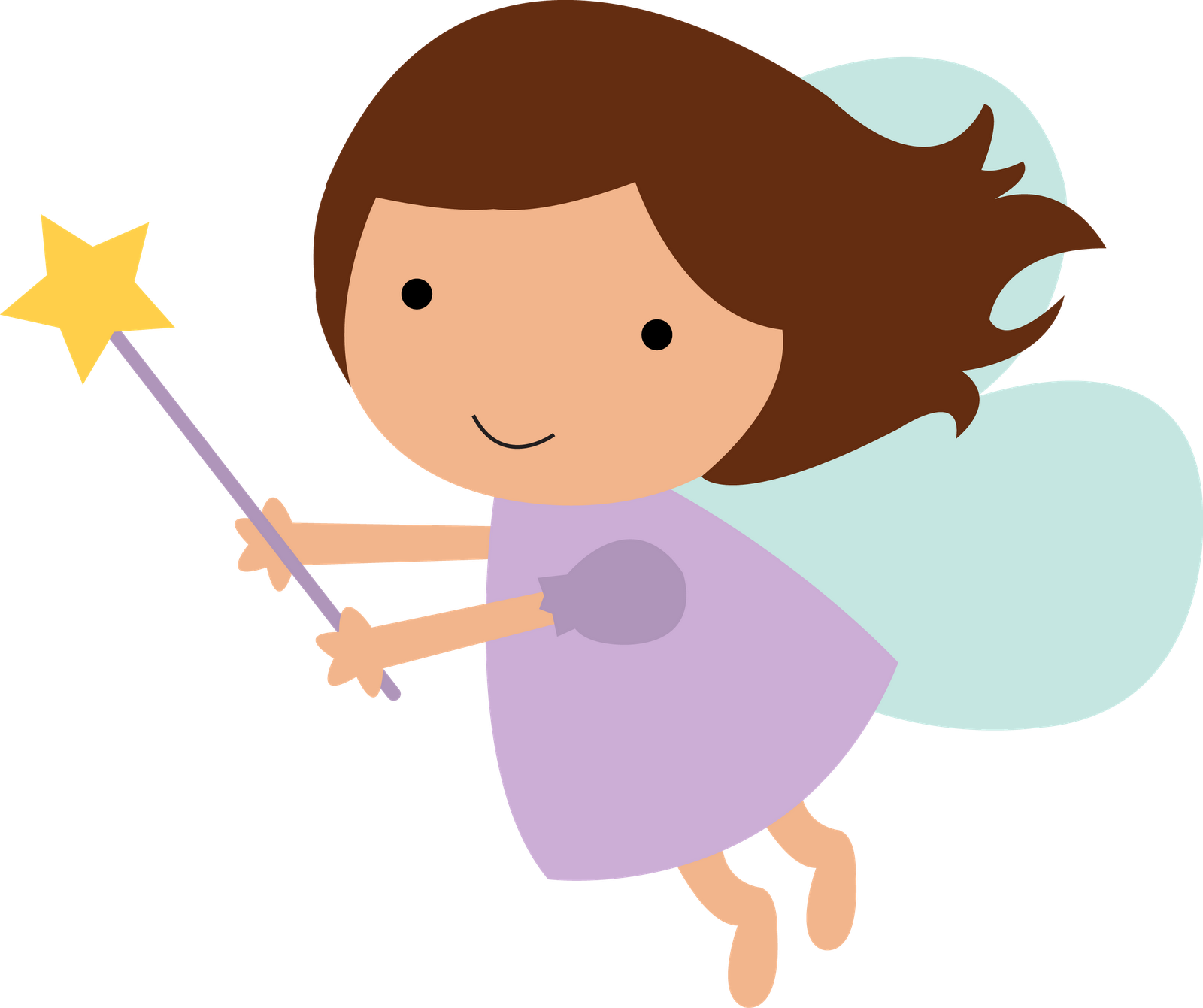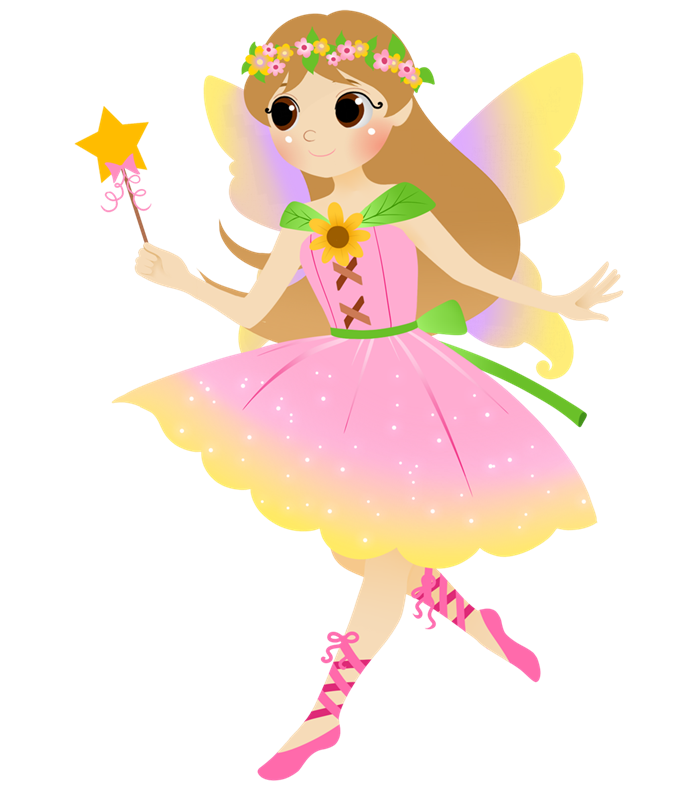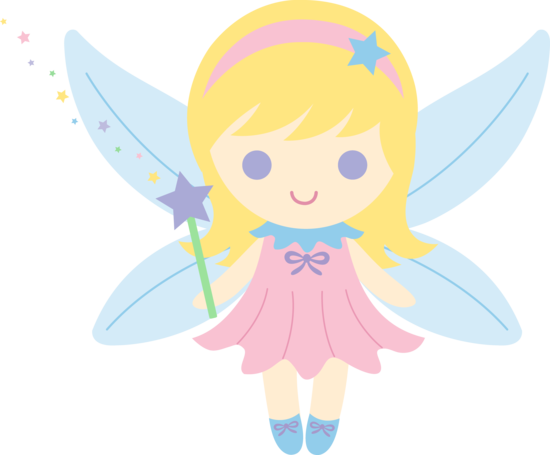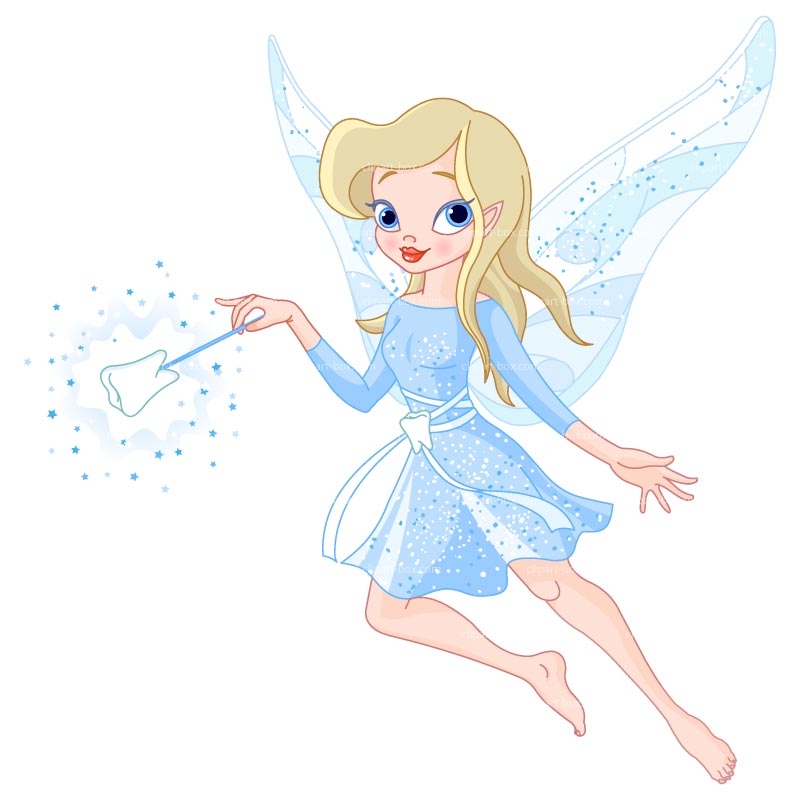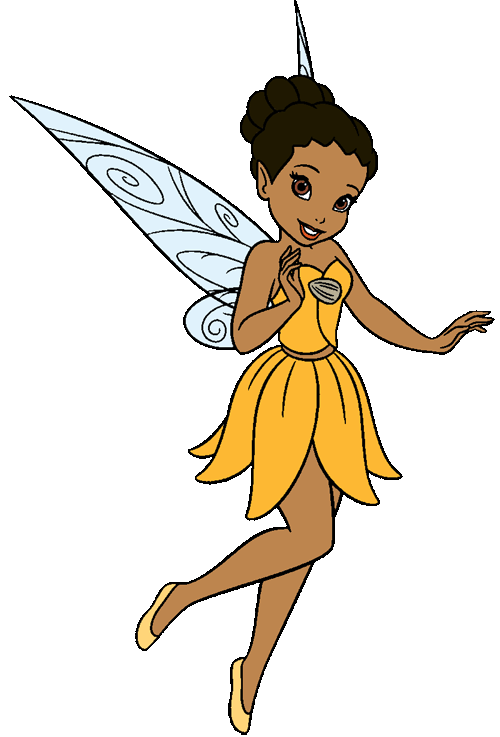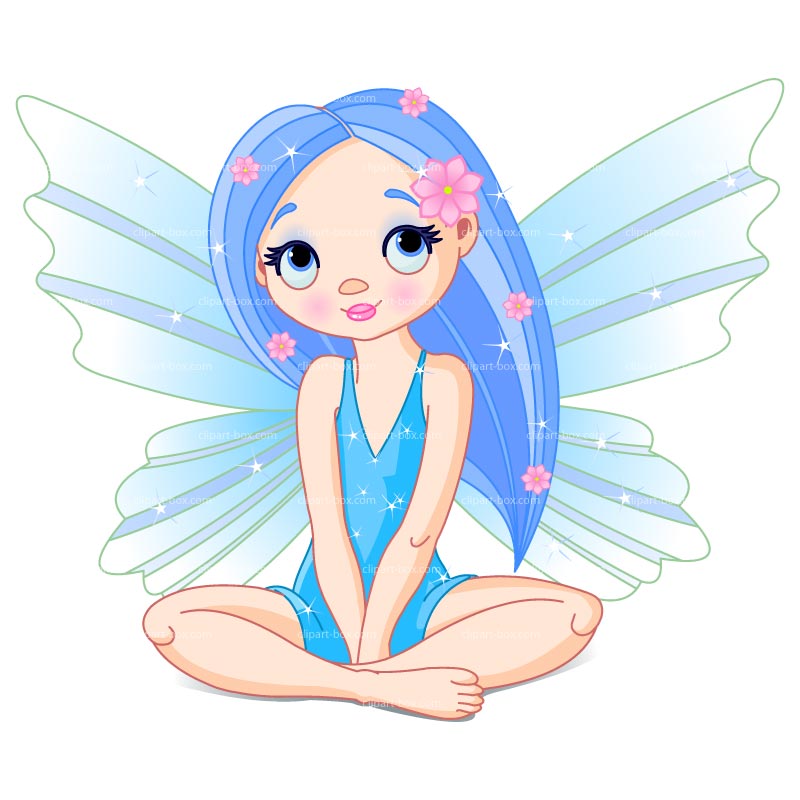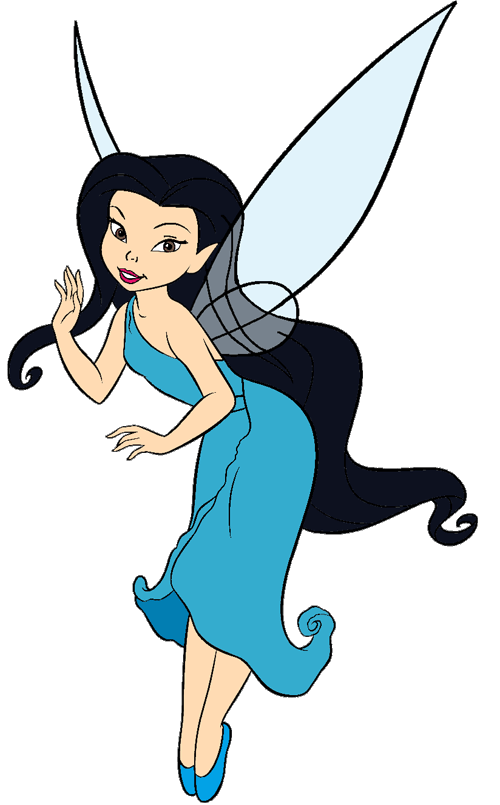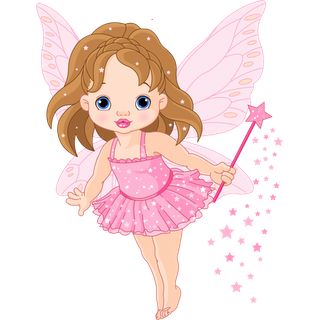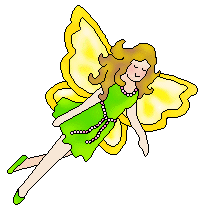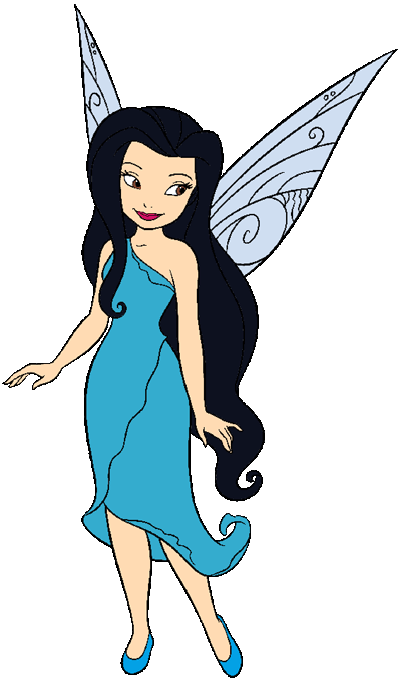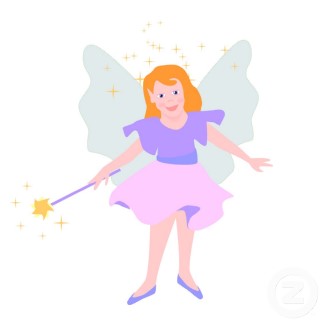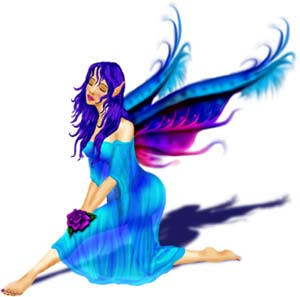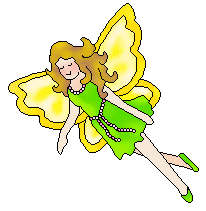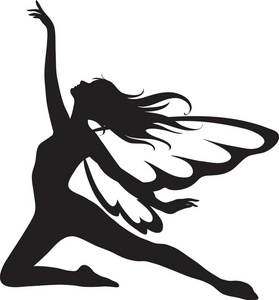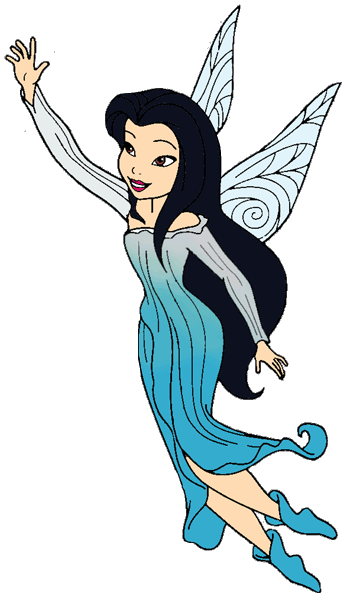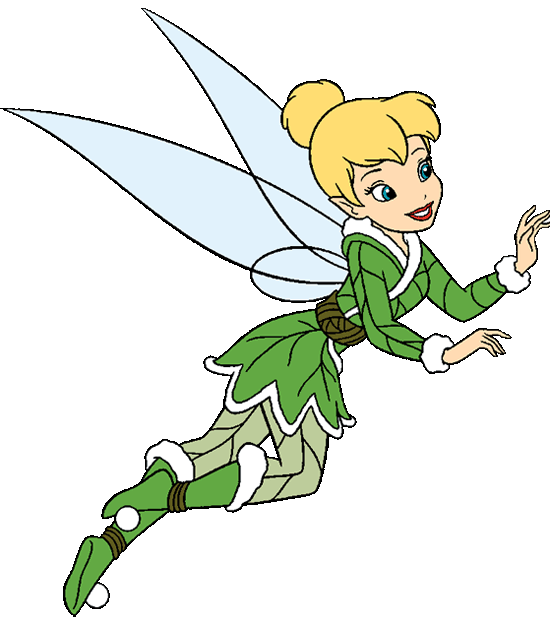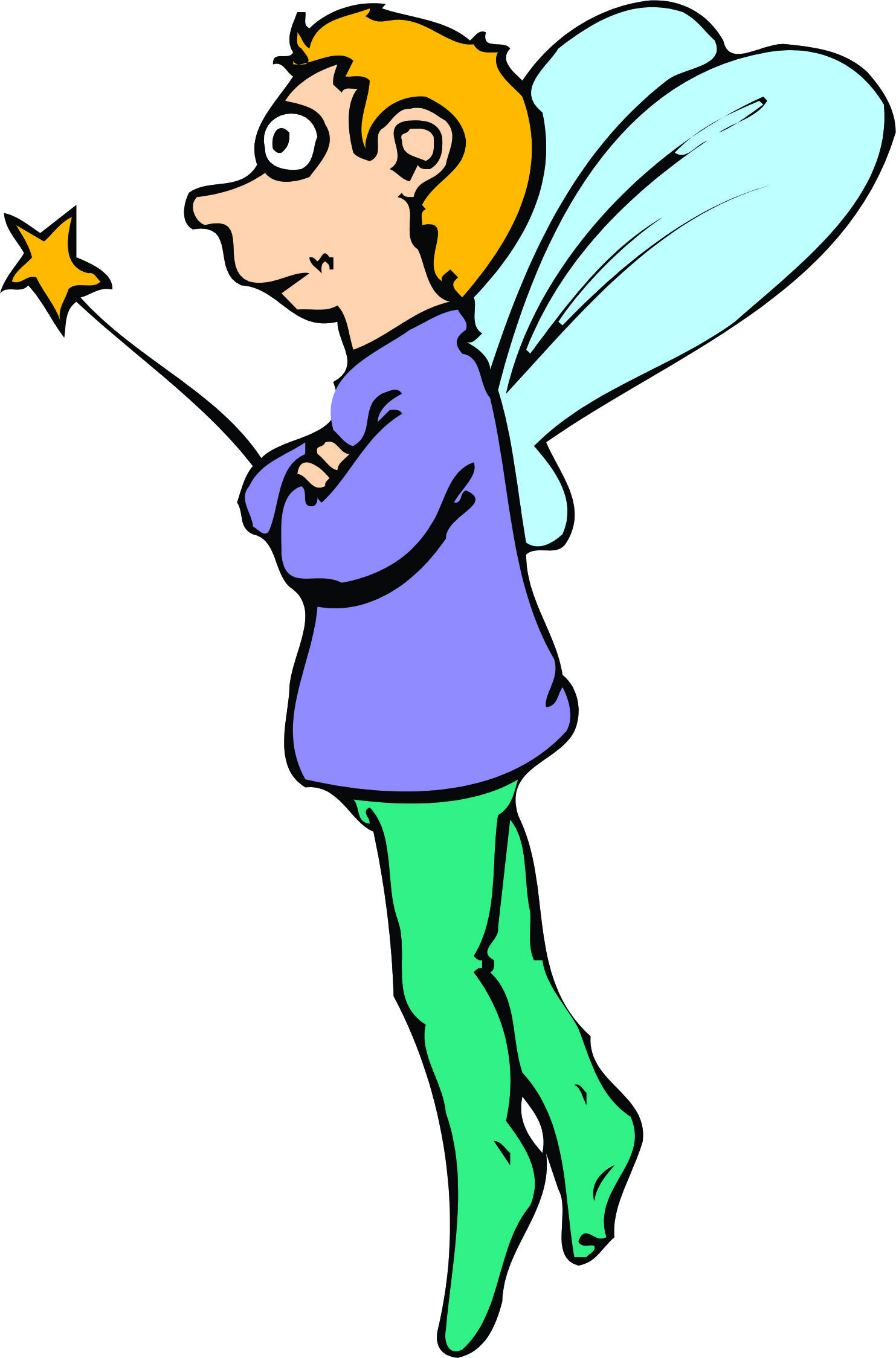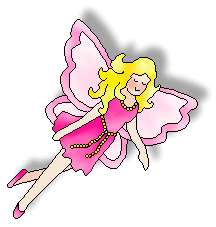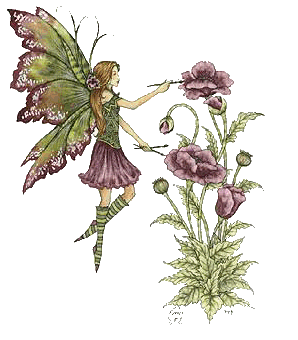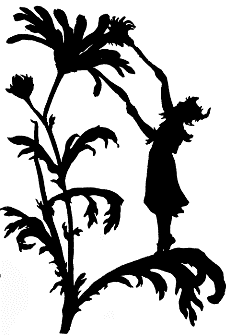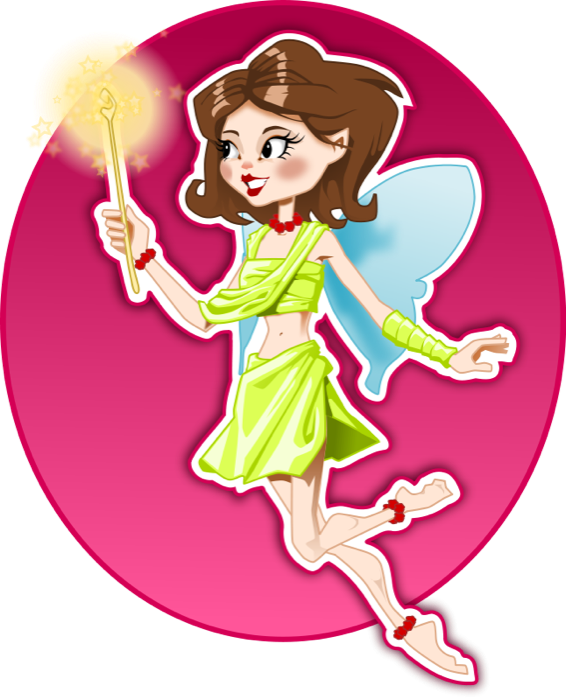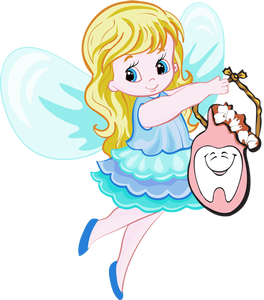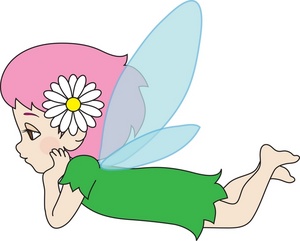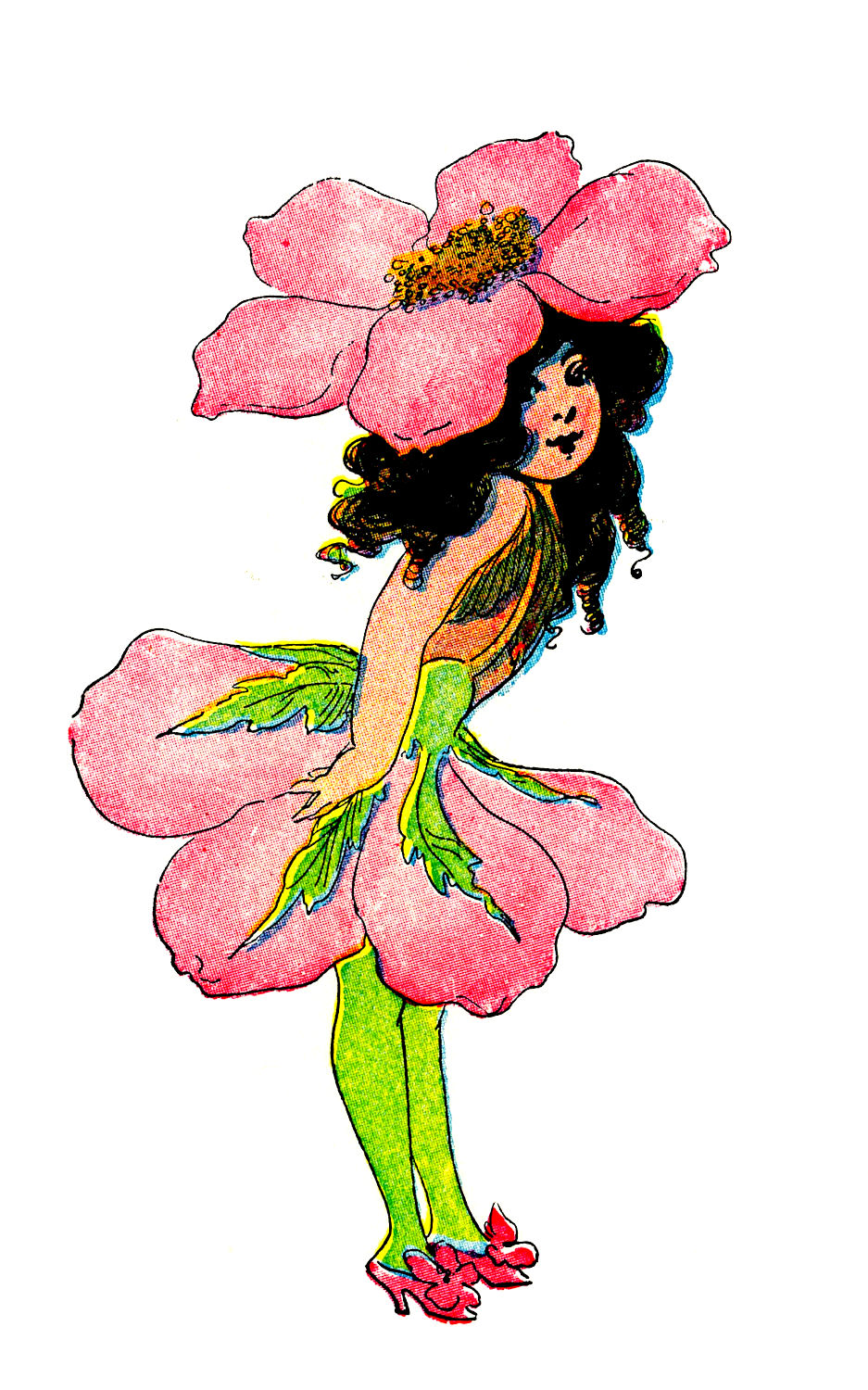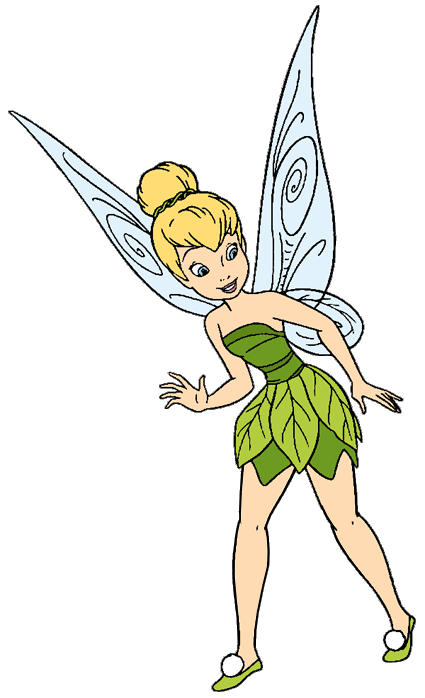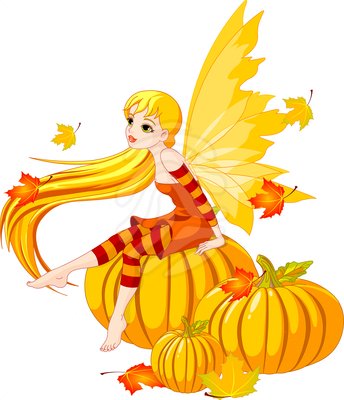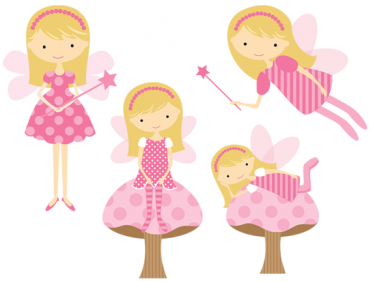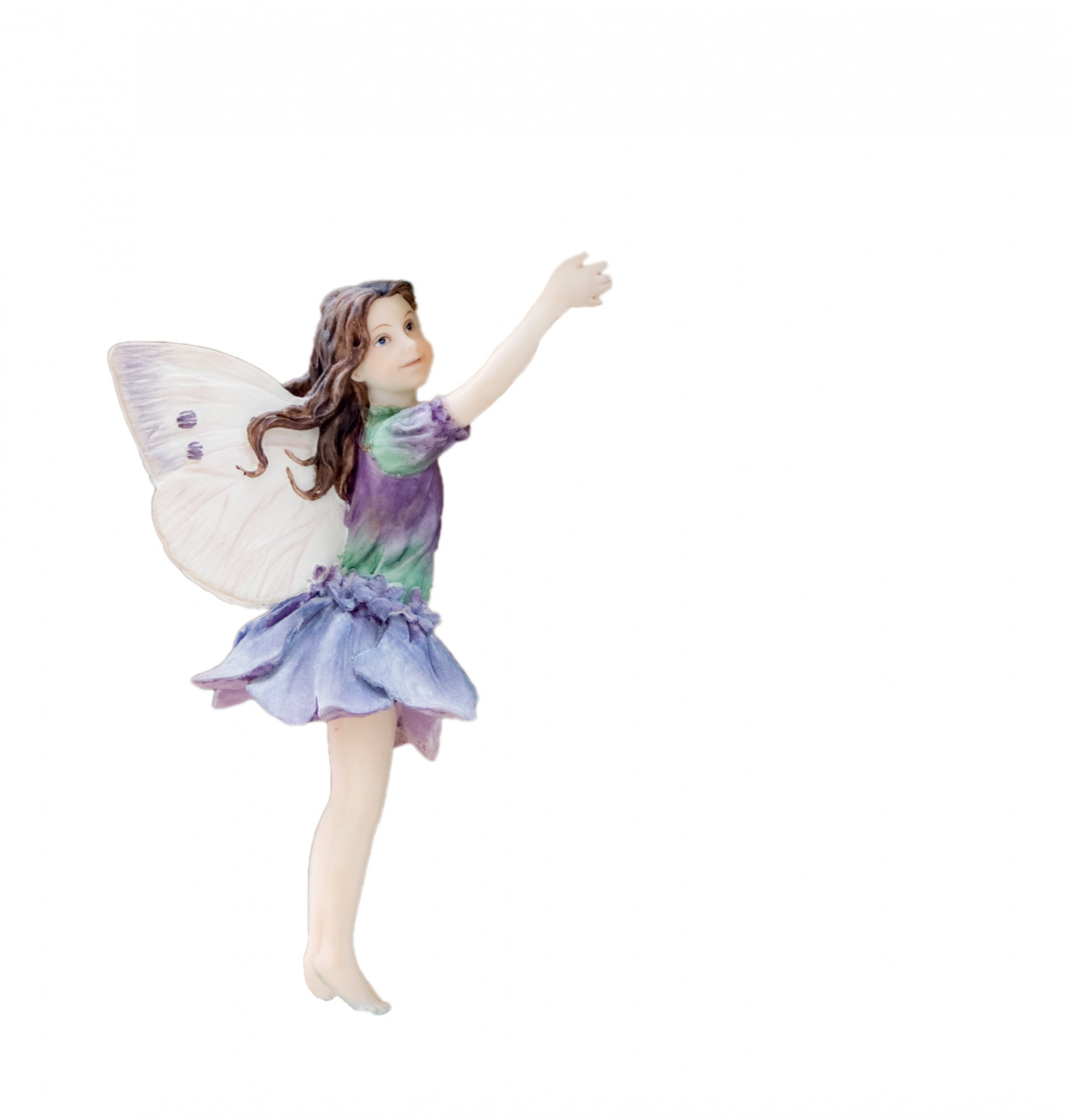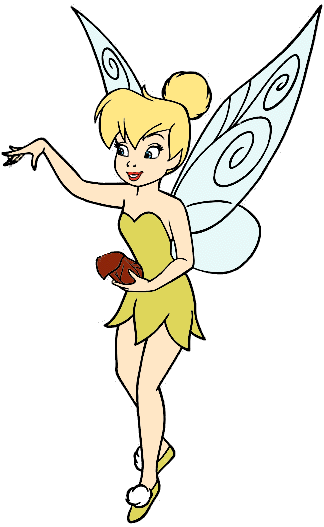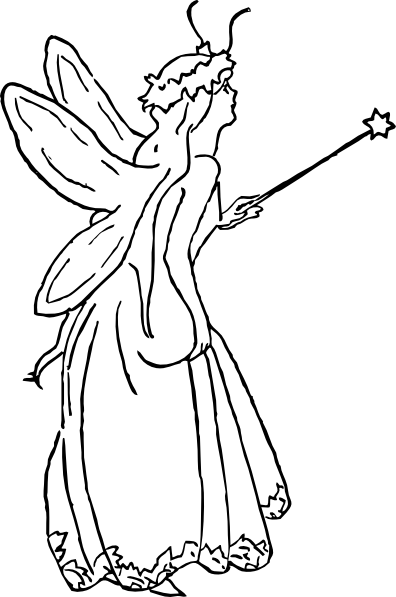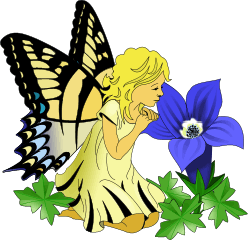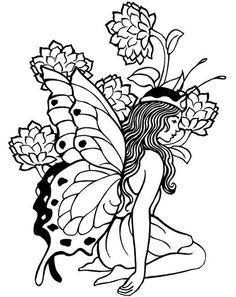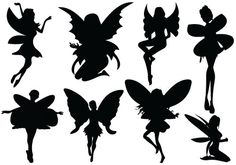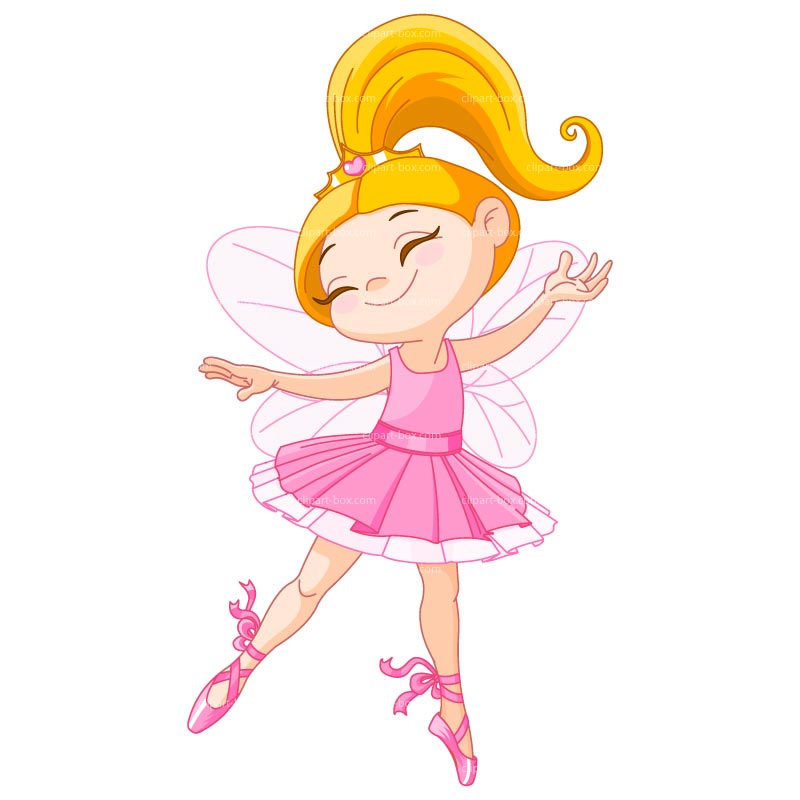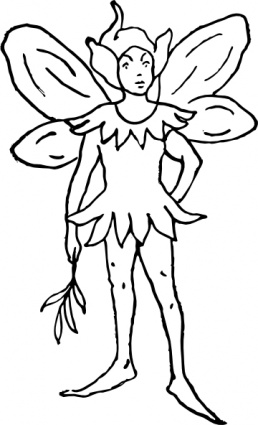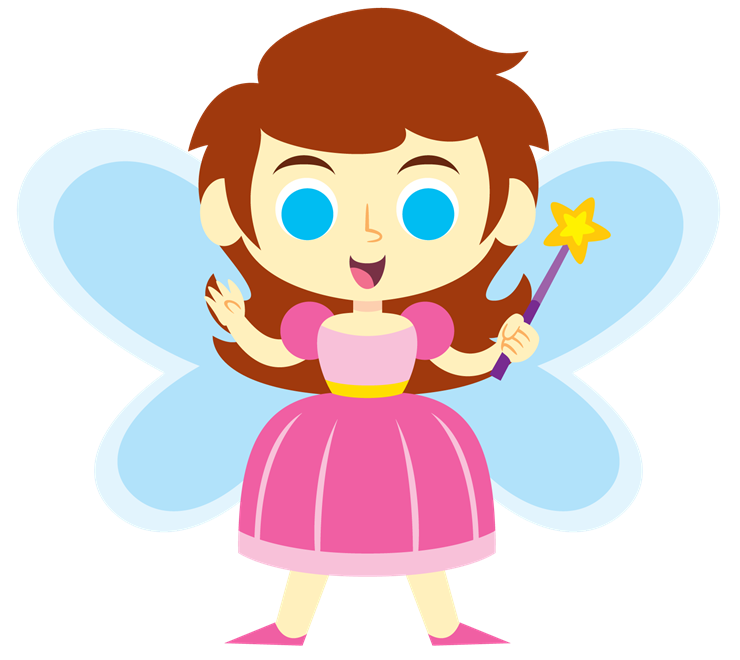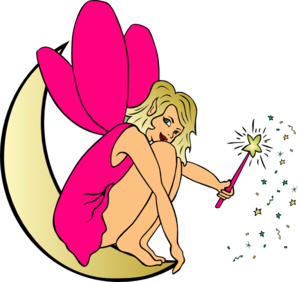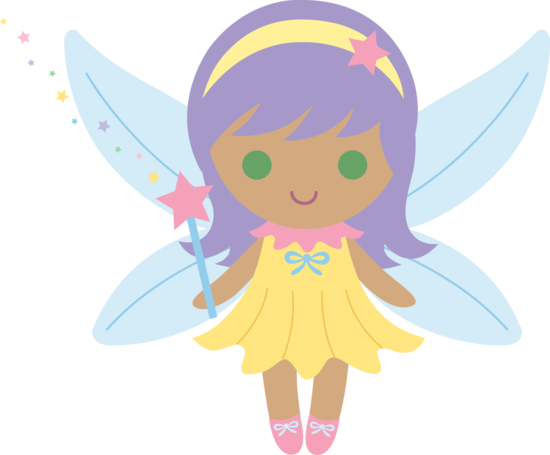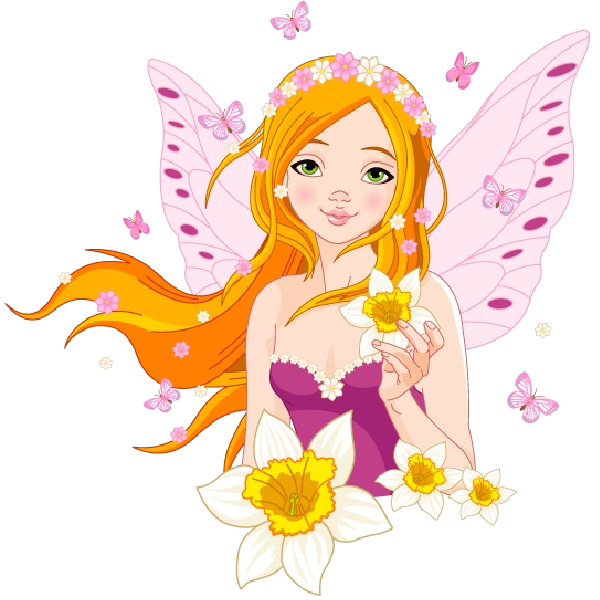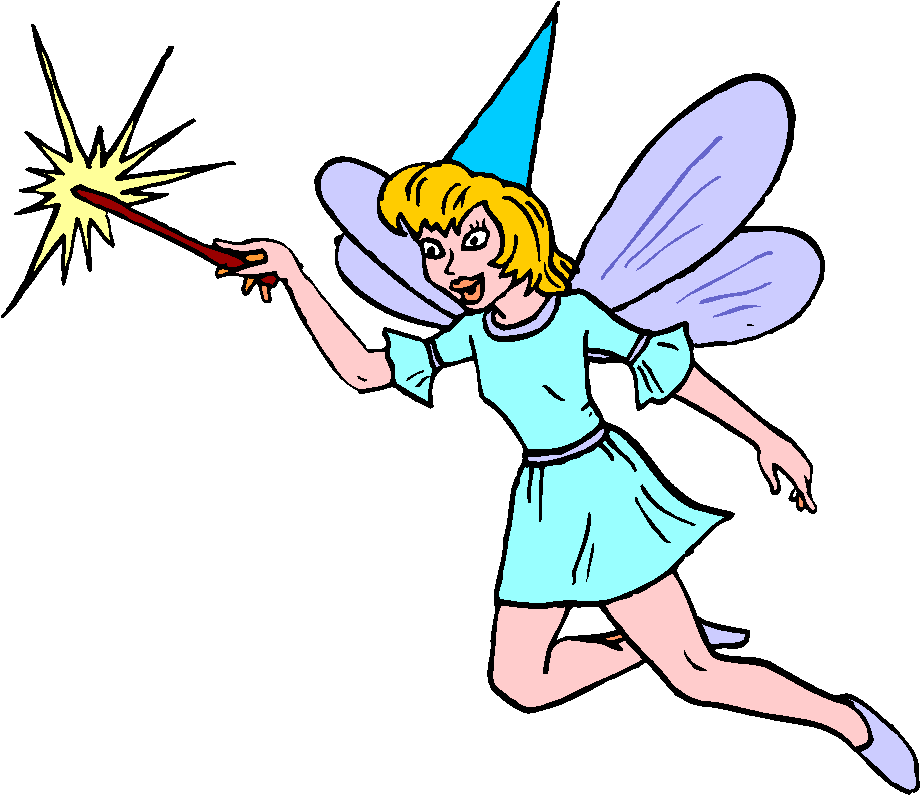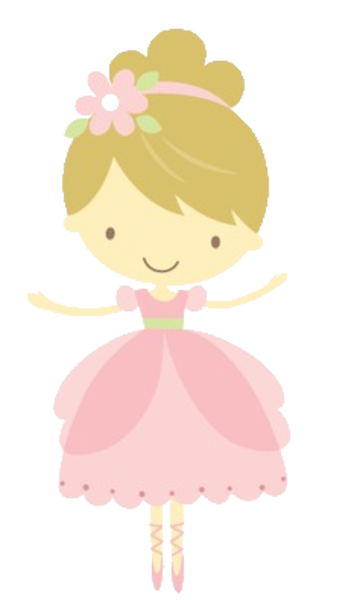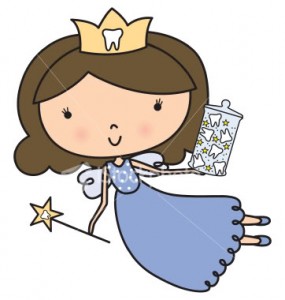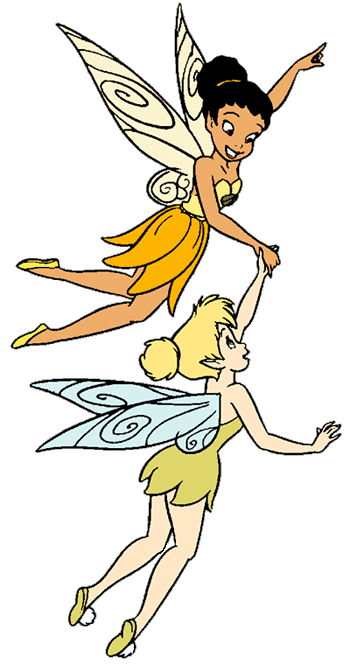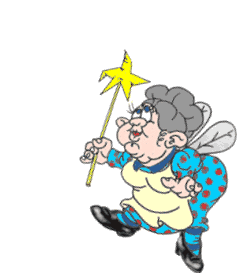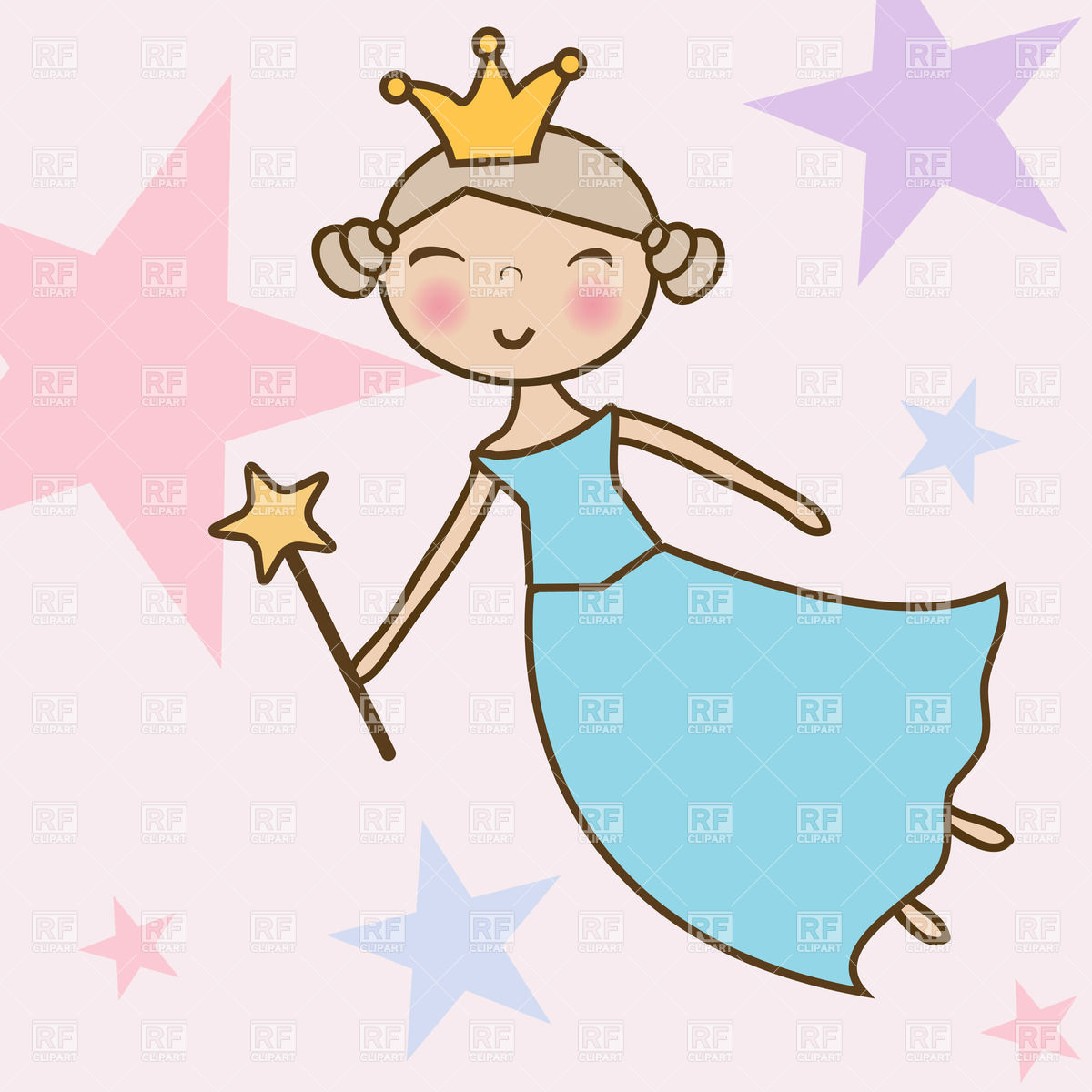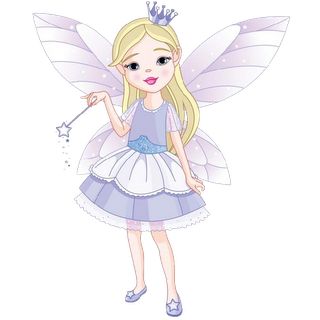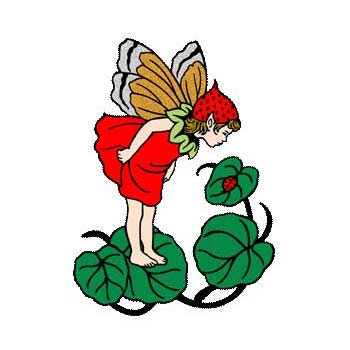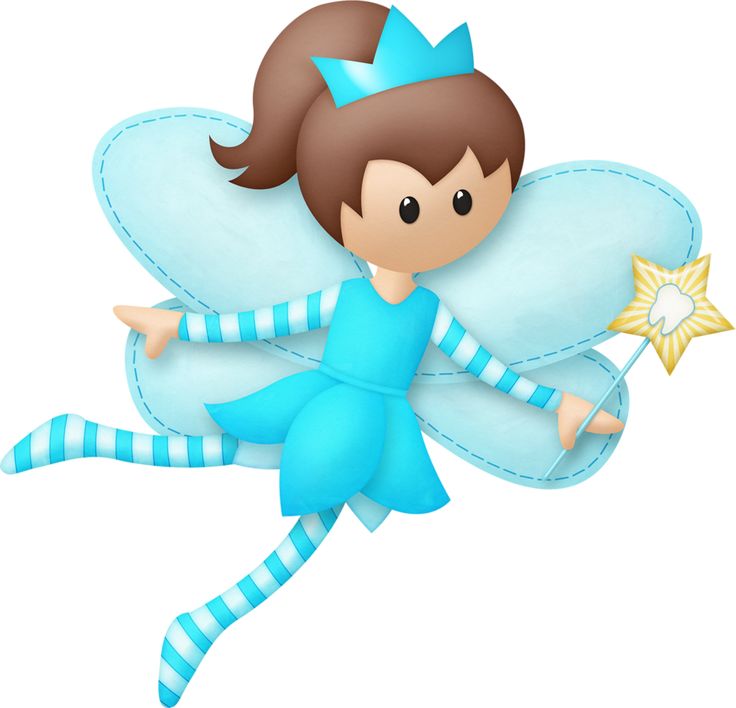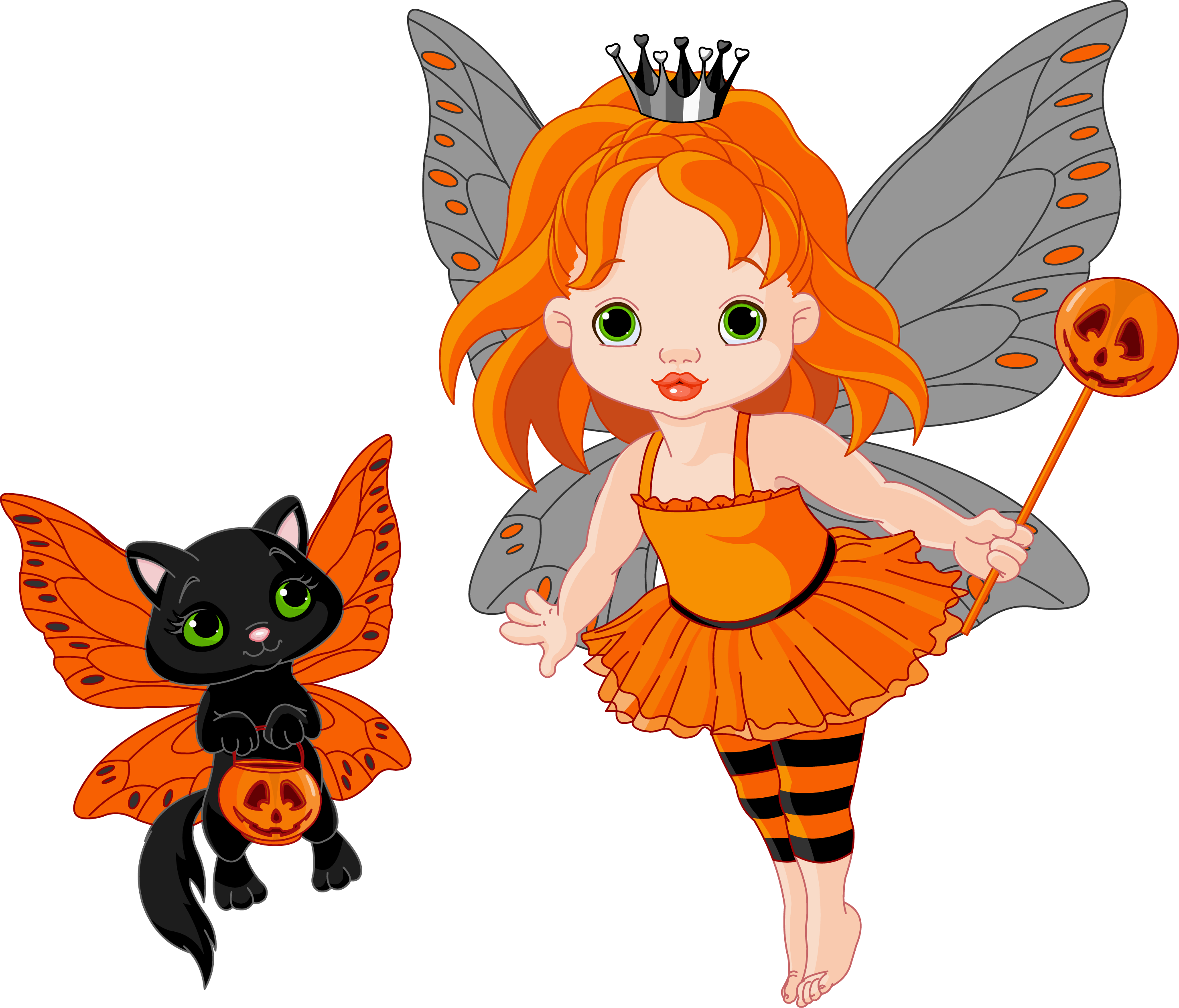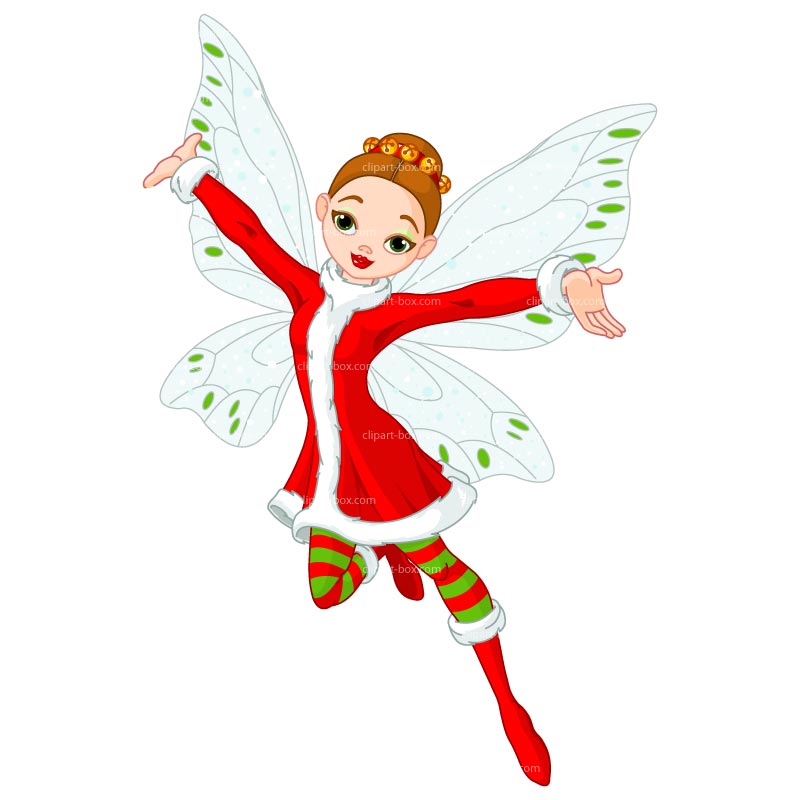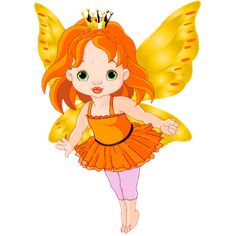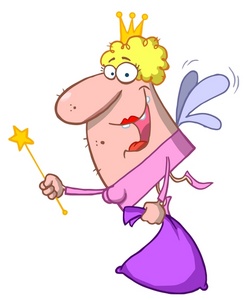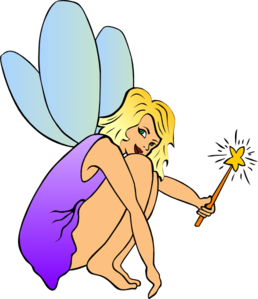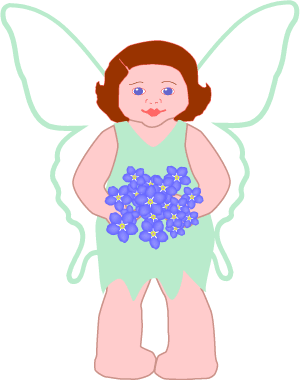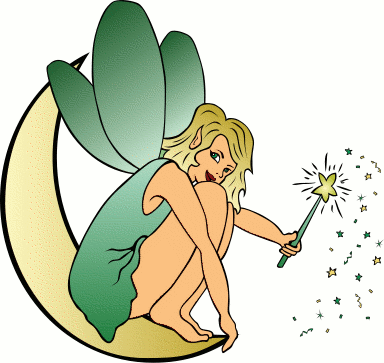Fairy Clipart
References to ethereal fairy figures trace back through ancient Celtic, Germanic, and Greco-Roman mythology. Early pagan folklore depicted impish sprites, nymphs and magical nature entities living in enchanted forests or fanciful fairy realms.
Types of Fairies
Common varieties include:
- Pixies – Diminutive playful pranksters
- Gnomes – Earthy protectors guarding underground mineral treasures
- Elves – Often skilled in archery and craftsmanship
- Sprites – Airy sylphs associated with seasons and realms of nature
- Trolls – Large ugly troublemakers who live under bridges
- Goblins – Mischievous wickedly clever creatures
- Dryads – Tree spirit nymphs symbolizing rebirth each spring
Fairy Realm Mysticism
Magical lands hidden just out of sight from the mortal realm. These may variously represent:
- Avalon – Paradise island only visible to those worthy of admission
- Fairy Circles – Portals transporting adventurers into the fairy domain
- Hollow Hills – Grass covered mounds concealing thriving underground kingdoms
Once immersed inside, visitors may interact with communities of fairies. Time stretches differently across mystical hours of music, dance and curious foods.
Fairy Physical Attributes
Though often diminutive in height compared to humans, some legends tell of giant trolls and towering green hags. More typically fairies manifest as glowing slender figures with:
- Delicate dragonfly wings in iridescent varieties
- Pointed ears attuned to nature’s subtle rhythms
- Large eyes that entrance and enchant
- Diaphanous gowns and leafy adornments befitting woodland mystics
Glamours veil their visage from suspicious mortal gazes when deemed necessary.
Fairy Lore and Symbolism
Rich metaphoric associations include:
Invisible assistance − Mysterious blessings attributed to fairies intervention
Creativity muses − Inspiring artisans and storytellers
Childhood innocence − Preserving awe in worldly-weary adults Connection with nature − Personifying seasons, flowers and magical awareness
Both whimsical and purposefully meaningful; fairies remind us to look deeper beneath surface realities.
Fairies in Literature
Notable books showcasing fairy themes include:
- Shakespeare’s Midsummer Night Dream comical fairies manipulating romantic foibles
- JM Barrie’s Peter Pan adventures in Neverland with Tinkerbell
- JK Rowling’s house elves serving wizard masters in Harry Potter series
- Brian Froud pictorial fairy guides and storybooks
And countless fairy filled children’s books!
Fairies in Art
Classical paintings capture fairy mystique through:
- Pre-Raphaelite renderings of Shakespeare and Victorian fairy scenes
- Impressionist fantasy landscapes hinting hidden worlds within forests
- Brian Froud popularized contemporary fairy artistry
- Regional folk art traditions like Netsuke figurines
Fairy Clip Art
Typical motifs feature:
- Pixies, sprites, elves and gnomes
- Mushrooms, trees and forest scenes
- Butterflies, dragonflies, birds and deer
- Magic wands, trails of pixie dust
- Flower crowns, acorns, twig furniture
Using Fairy Clip Art
Wing adorned visuals can embellish:
- Party invitations and scrapbook pages
- Presentations on mythology, literature and art motifs
- Video game concept art
- Graphic novels and storybook illustrations
- Craft projects, textiles patterns and jewelry designs
In this page clipartix present 77 fairy clipart images free for designing activities. Lets download Fairy Clipart that you want to use for works or personal uses.

